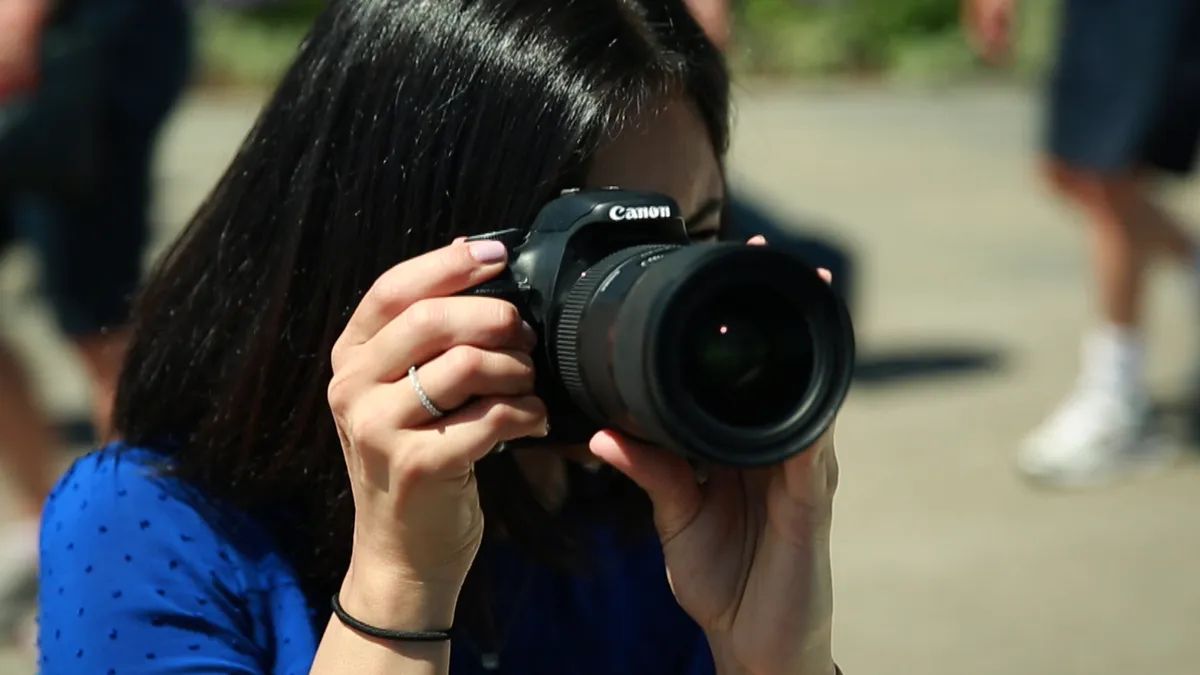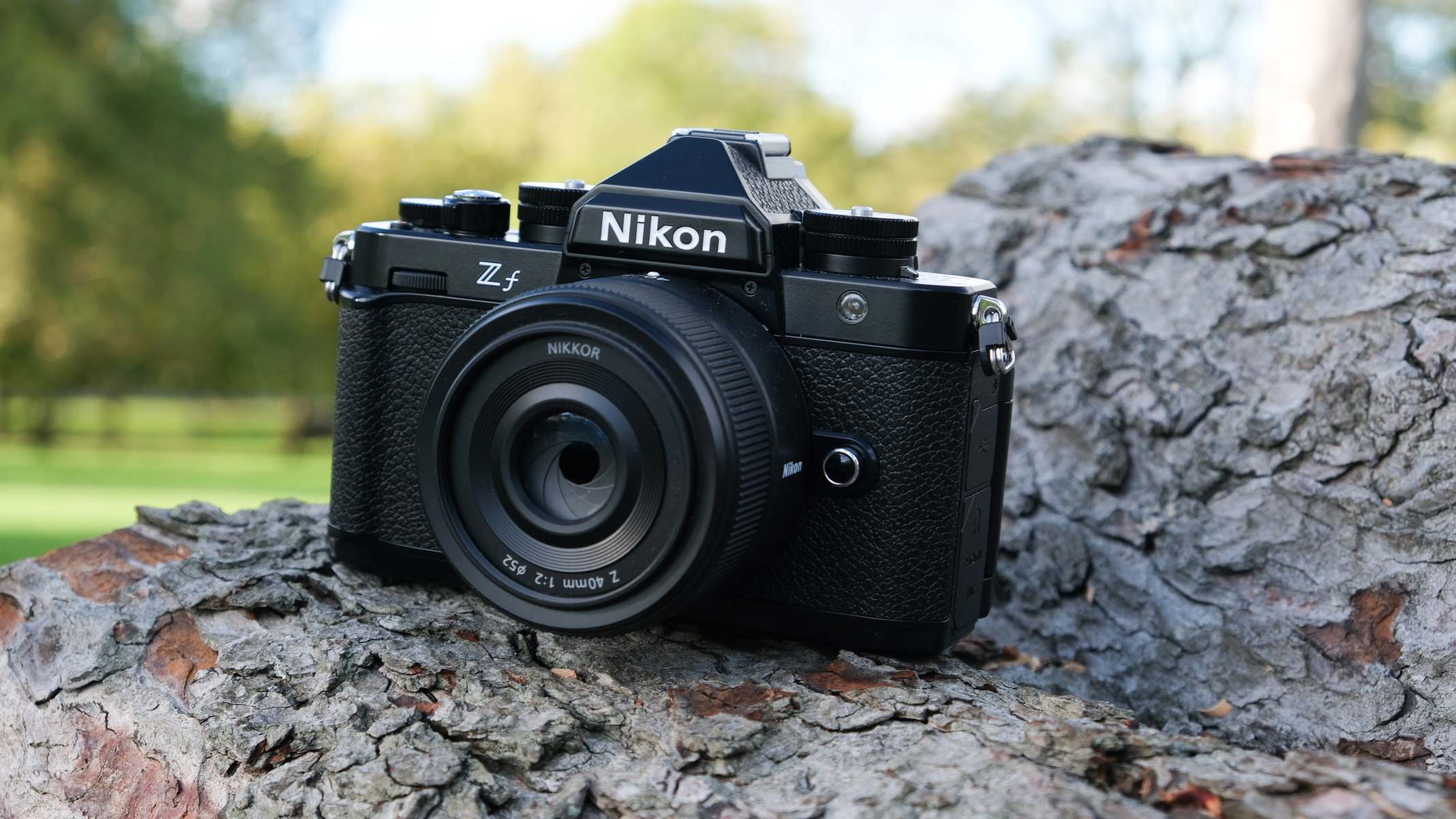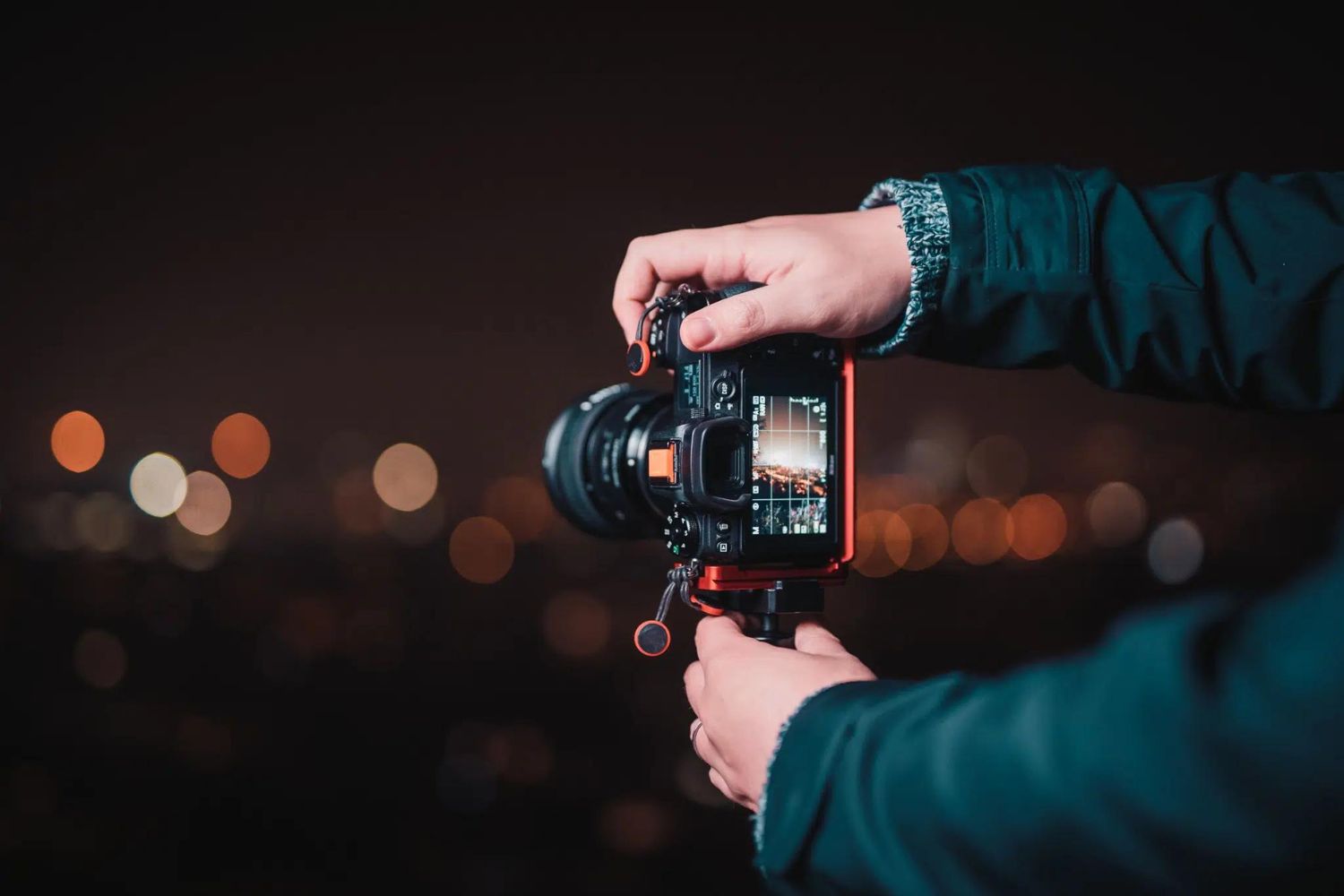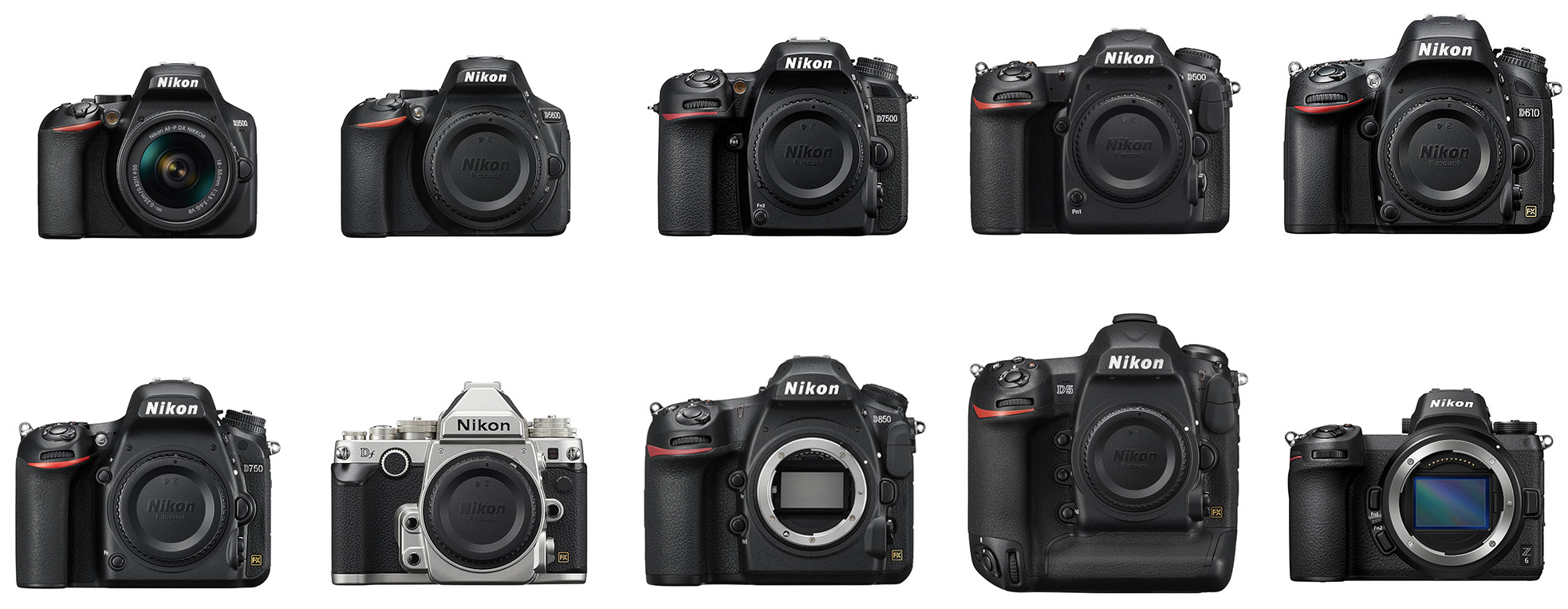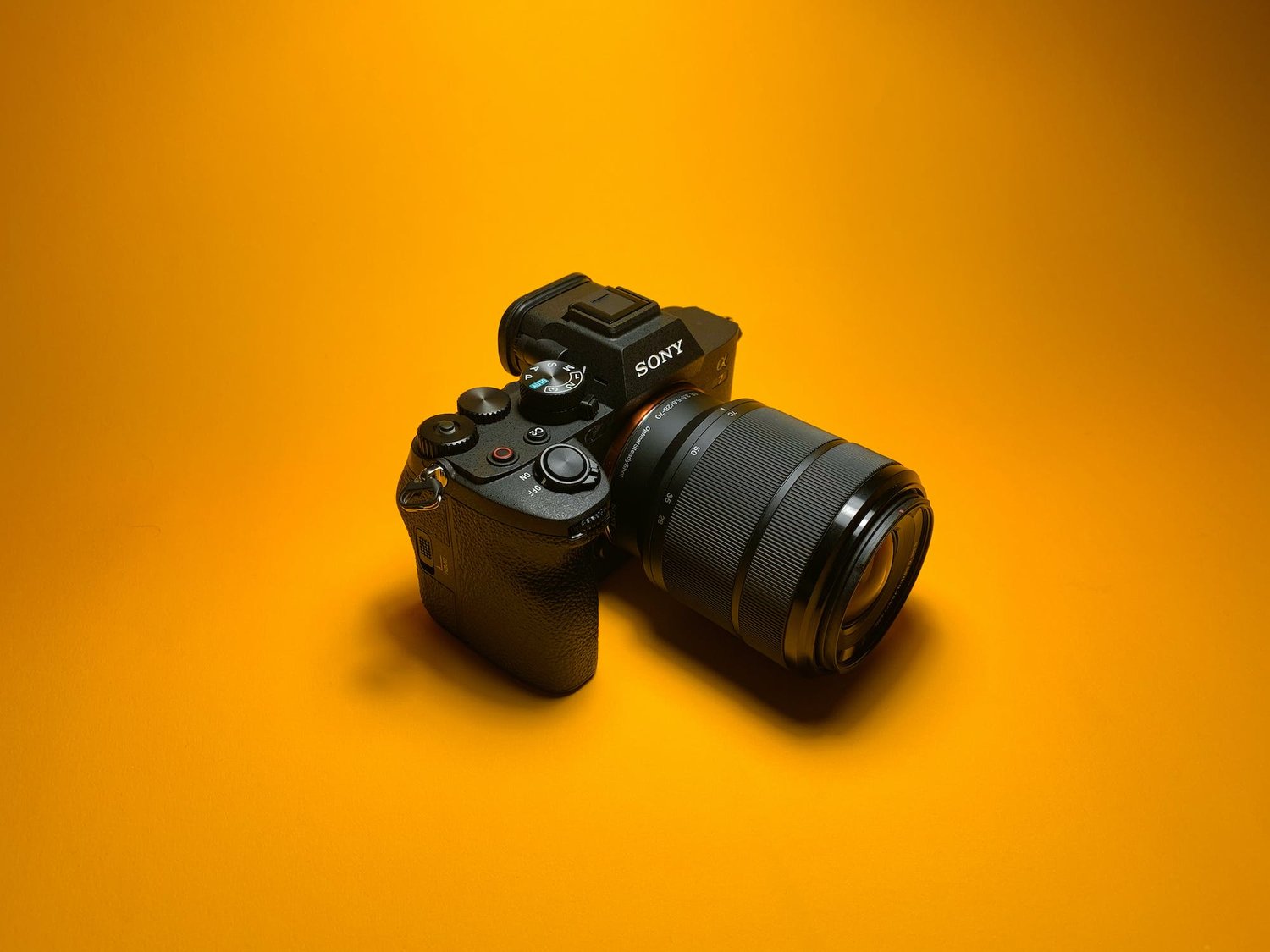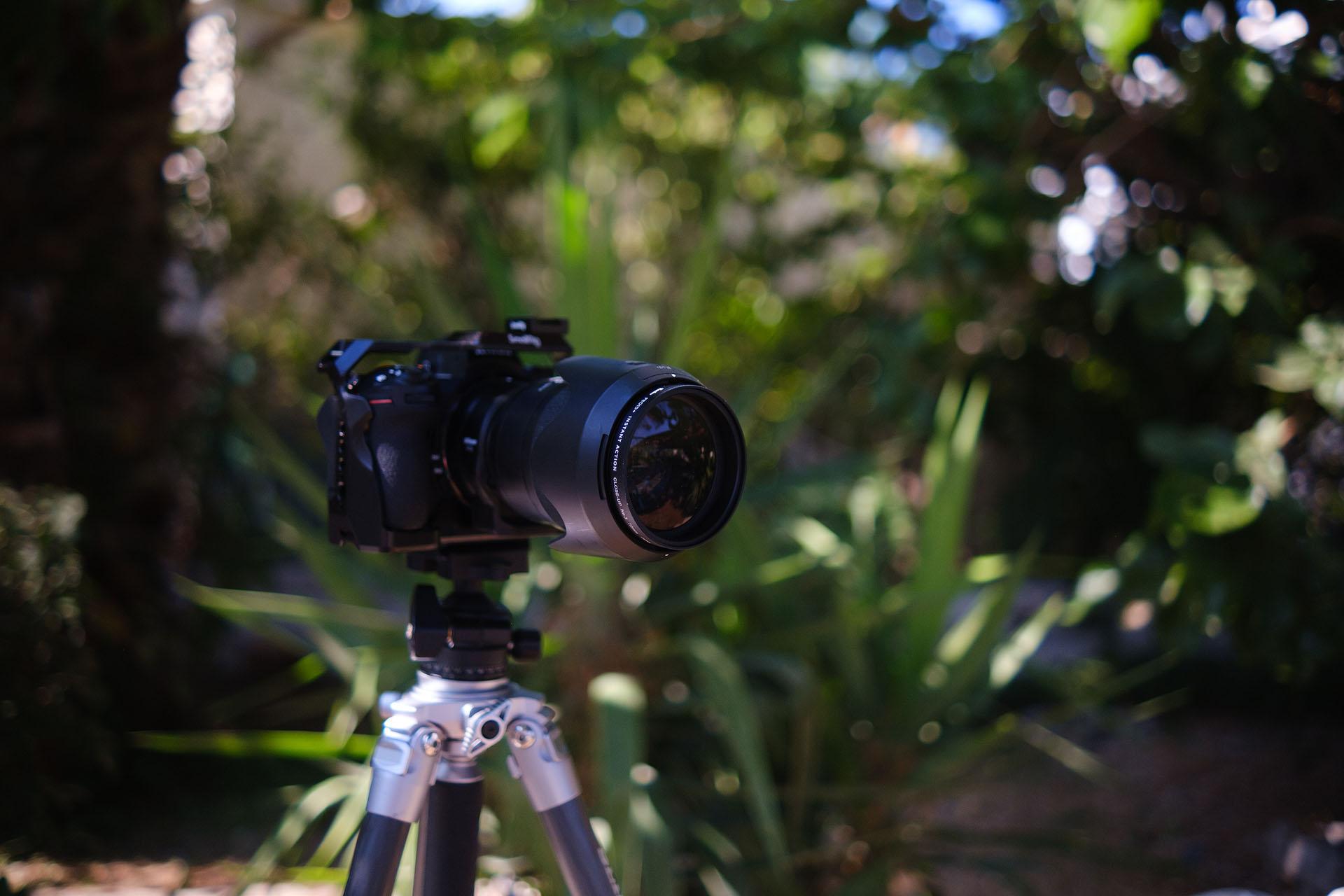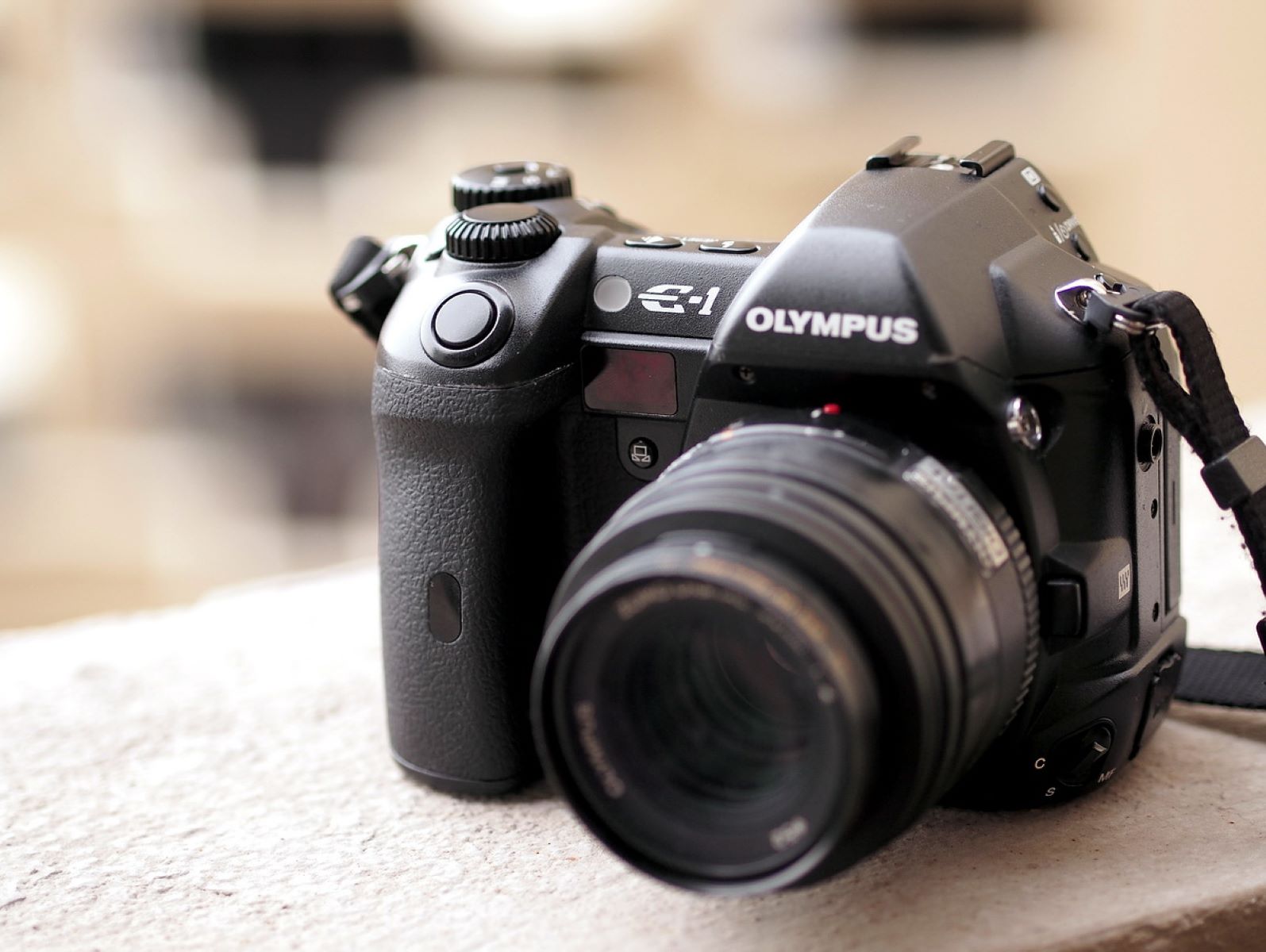Introduction
Welcome to the world of prime lenses and DSLR cameras! If you're new to photography or have recently upgraded to a DSLR camera, understanding how to focus a prime lens is a fundamental skill that can significantly enhance the quality of your images. Unlike zoom lenses, prime lenses have a fixed focal length, which means they offer superior image quality and wider apertures. However, achieving sharp focus with a prime lens requires precision and a good understanding of manual focusing techniques.
In this guide, we will explore the art of focusing a prime lens on a DSLR camera, covering everything from the basics of prime lenses to manual focusing techniques and focus assist tools. Whether you're a photography enthusiast looking to improve your skills or a beginner eager to master the art of focusing, this comprehensive guide will equip you with the knowledge and techniques needed to capture stunning, tack-sharp images.
So, grab your DSLR camera and prime lens, and let's delve into the fascinating world of prime lens focusing!
Understanding Prime Lenses
Prime lenses are a staple in the arsenal of any photographer, renowned for their exceptional image quality and versatility. Unlike zoom lenses, which offer variable focal lengths, prime lenses have a fixed focal length, such as 35mm or 50mm. This fixed focal length eliminates the need to zoom in or out, encouraging photographers to move and explore different perspectives to compose their shots.
One of the key advantages of prime lenses is their wider maximum apertures, often ranging from f/1.2 to f/2.8 or even wider. This wider aperture not only allows more light to enter the lens, making them ideal for low-light conditions, but also creates a shallow depth of field, resulting in beautifully blurred backgrounds that make the subject stand out.
Furthermore, prime lenses are revered for their exceptional sharpness and minimal distortion, making them popular choices for portrait, street, and landscape photography. The absence of zooming mechanisms and complex optics in prime lenses often translates to lighter and more compact designs, making them convenient for travel and everyday shooting.
Understanding the characteristics and advantages of prime lenses is crucial for harnessing their full potential. Whether you’re aiming to capture stunning portraits with creamy bokeh or crisp landscapes with intricate details, the unique qualities of prime lenses empower photographers to unleash their creativity and elevate their photographic pursuits.
Setting Up Your DSLR Camera
Before delving into the intricacies of focusing a prime lens, it’s essential to ensure that your DSLR camera is properly configured to optimize the focusing process. Here are some key steps to set up your DSLR camera for prime lens photography:
- Selecting the Aperture: Prime lenses are revered for their wide maximum apertures, which allow for creative control over depth of field. When using a prime lens, consider experimenting with wider apertures (lower f-stop values) to achieve striking bokeh and isolate your subject from the background.
- Activating Manual Focus Mode: While many DSLR cameras offer advanced autofocus systems, mastering manual focus is essential for precision and creative control when using a prime lens. Familiarize yourself with your camera’s manual focus mode and learn how to adjust the focus ring on your lens.
- Enabling Focus Peaking (if available): Some DSLR cameras feature a focus peaking function, which highlights in-focus areas in the frame to aid manual focusing. If your camera offers this feature, activate it to enhance the accuracy of your manual focus adjustments.
- Utilizing Live View Mode: Engaging the live view mode on your DSLR camera allows you to compose and focus your shots using the camera’s LCD screen. This can be particularly beneficial for precise manual focusing, especially when capturing still subjects or working at challenging angles.
- Customizing the Auto-Exposure Lock (AE-L) Button: Assigning the auto-exposure lock (AE-L) button to lock focus can be advantageous when using manual focus with a prime lens. This feature allows you to separate focus and exposure control, providing greater flexibility in challenging lighting conditions.
By implementing these camera setup techniques, you can streamline the process of focusing a prime lens and harness the full potential of your DSLR camera for capturing compelling and visually stunning images.
Manual Focus Techniques
Mastering manual focus techniques is essential for achieving precise and intentional focus when using a prime lens. While autofocus systems have advanced significantly, there are scenarios where manual focus provides greater control and accuracy, especially in challenging lighting conditions or when capturing subjects with erratic movement. Here are some effective manual focus techniques to elevate your photography:
- Utilize Magnified View: Many DSLR cameras offer a magnified view in their live view mode, allowing you to zoom in on a specific area of the frame to fine-tune focus. Take advantage of this feature to achieve pinpoint accuracy when manually focusing your prime lens.
- Practice Focus Bracketing: Focus bracketing involves capturing a series of images with slight variations in focus distance, ensuring that at least one image achieves the desired sharpness. This technique is particularly useful in macro photography and landscape scenes with intricate details.
- Employ the Focus-Then-Compose Method: When using manual focus, it’s often beneficial to first focus on your subject and then recompose the frame as needed. This method allows you to maintain precise focus on the subject while adjusting the composition for optimal visual impact.
- Use Depth of Field Markings: Many prime lenses feature depth of field markings, indicating the range of distances that will appear acceptably sharp in the image. By referencing these markings, you can gauge the depth of field and make informed manual focus adjustments based on your desired creative effect.
- Practice Smooth and Deliberate Focus Adjustments: When manually focusing, strive for smooth and deliberate adjustments to the focus ring, especially when capturing subjects in motion or shooting at wider apertures. This approach minimizes the risk of overshooting the focus point and ensures consistent sharpness.
By honing these manual focus techniques and integrating them into your photographic workflow, you can elevate the precision and artistry of your images, unleashing the full potential of your prime lens and capturing moments with unparalleled clarity and impact.
Using Focus Assist Tools
Modern DSLR cameras are equipped with a range of focus assist tools designed to facilitate precise and efficient focusing, particularly when using manual focus with prime lenses. These tools leverage advanced technology to enhance the accuracy of focus adjustments and empower photographers to achieve tack-sharp images in various shooting scenarios. Here are some valuable focus assist tools commonly found in DSLR cameras:
- Focus Peaking: This feature highlights the areas of the frame that are in sharp focus by overlaying them with colored outlines or highlights. By activating focus peaking in your camera’s settings, you can visually identify the in-focus elements in the scene, making manual focusing with a prime lens more intuitive and effective.
- Magnified View: Leveraging the magnified view in live view mode allows you to zoom in on specific areas of the frame, enabling precise manual focus adjustments. This tool is particularly beneficial when capturing fine details or working with shallow depth of field, as it provides a close-up view for refining focus.
- Focus Confirmation: Some DSLR cameras offer focus confirmation indicators, typically displayed in the viewfinder or on the camera’s LCD screen. These indicators provide visual or audible cues when the subject is in focus, serving as a valuable guide for achieving optimal sharpness when using manual focus.
- Electronic Rangefinder: Certain cameras feature an electronic rangefinder display that assists in manual focusing by providing distance and depth of field information. This tool aids in gauging the focus distance and determining the appropriate focus adjustments for achieving the desired sharpness in the image.
- Customizable Focus Assist Buttons: Many DSLR cameras allow users to assign custom functions to designated buttons, providing quick access to focus assist tools such as focus peaking, magnified view, or focus confirmation. Customizing these buttons streamlines the manual focusing process and enhances operational efficiency in the field.
By familiarizing yourself with these focus assist tools and integrating them into your photography workflow, you can harness the full potential of your DSLR camera and prime lens combination, elevating the precision and consistency of your manual focusing endeavors.
Tips for Achieving Sharp Focus
Attaining sharp focus is paramount in photography, as it significantly impacts the overall quality and visual impact of an image. When working with a prime lens on a DSLR camera, employing the following tips and techniques can elevate the sharpness and clarity of your photographs:
- Use a Stable Camera Support: To minimize the risk of camera shake and achieve sharper images, consider using a tripod or stable surface to support your DSLR camera, especially in low-light conditions or when using slower shutter speeds.
- Optimize Your Aperture Selection: Experiment with different aperture settings to find the sweet spot of your prime lens, where it delivers optimal sharpness and minimal optical aberrations. While wider apertures offer creative bokeh, narrower apertures may enhance overall image sharpness.
- Engage Depth of Field Preview: Utilize the depth of field preview function on your DSLR camera to assess the impact of different apertures on the overall sharpness and depth of field in the scene, allowing you to make informed creative decisions.
- Employ Focus Stacking Techniques: In situations where achieving extensive depth of field is crucial, consider employing focus stacking, a method that involves capturing multiple images focused at different distances and blending them in post-processing to achieve enhanced sharpness throughout the frame.
- Calibrate Your Lens Focus: Periodically calibrate the autofocus and manual focus accuracy of your prime lens using micro-adjustment features available in some DSLR cameras. This ensures that the lens consistently delivers precise focus in various shooting scenarios.
- Utilize Back-Button Focus: Assigning autofocus activation to a dedicated back-button on your camera can provide greater control over focus and recomposition, allowing for more deliberate and accurate focusing with your prime lens.
- Monitor the Focus Points: Pay attention to the active focus points in your camera’s viewfinder or LCD screen, ensuring that they align with your intended point of focus. This practice helps maintain precision when composing and capturing images.
- Practice Patience and Precision: When focusing manually, exercise patience and precision in adjusting the focus ring, especially when working with wide apertures or intricate details. Small, deliberate adjustments can make a significant difference in achieving razor-sharp focus.
By incorporating these tips into your photographic workflow and adapting them to the specific demands of your shooting environment, you can enhance the sharpness and overall quality of your images, unlocking the full potential of your prime lens and DSLR camera combination.
Conclusion
Congratulations on embarking on a journey to master the art of focusing a prime lens on your DSLR camera. Throughout this guide, we’ve delved into the unique characteristics of prime lenses, explored essential manual focus techniques, and uncovered the invaluable focus assist tools available in modern DSLR cameras. By understanding the nuances of prime lens focusing and implementing the recommended tips and techniques, you are well-equipped to elevate the precision and artistry of your photographic endeavors.
As you venture into the captivating realm of prime lens photography, remember that achieving sharp focus is not merely a technical pursuit but a creative expression of your vision. The ability to selectively focus on a subject, isolate it from the background, and convey a compelling narrative through precise focus is an art form that distinguishes exceptional imagery.
Embrace the process of honing your manual focusing skills, experiment with different apertures to unleash the creative potential of your prime lens, and leverage the advanced focus assist tools at your disposal to capture moments with unparalleled clarity and impact. Whether you’re capturing breathtaking landscapes, intimate portraits, or dynamic street scenes, the mastery of prime lens focusing will empower you to convey your artistic vision with unparalleled precision.
So, pick up your DSLR camera, attach your favorite prime lens, and embark on a photographic journey infused with creativity, technical proficiency, and an unwavering commitment to achieving sharp, compelling imagery. The world awaits your unique perspective, and with the mastery of prime lens focusing, you are poised to capture it with unparalleled clarity and artistry.







